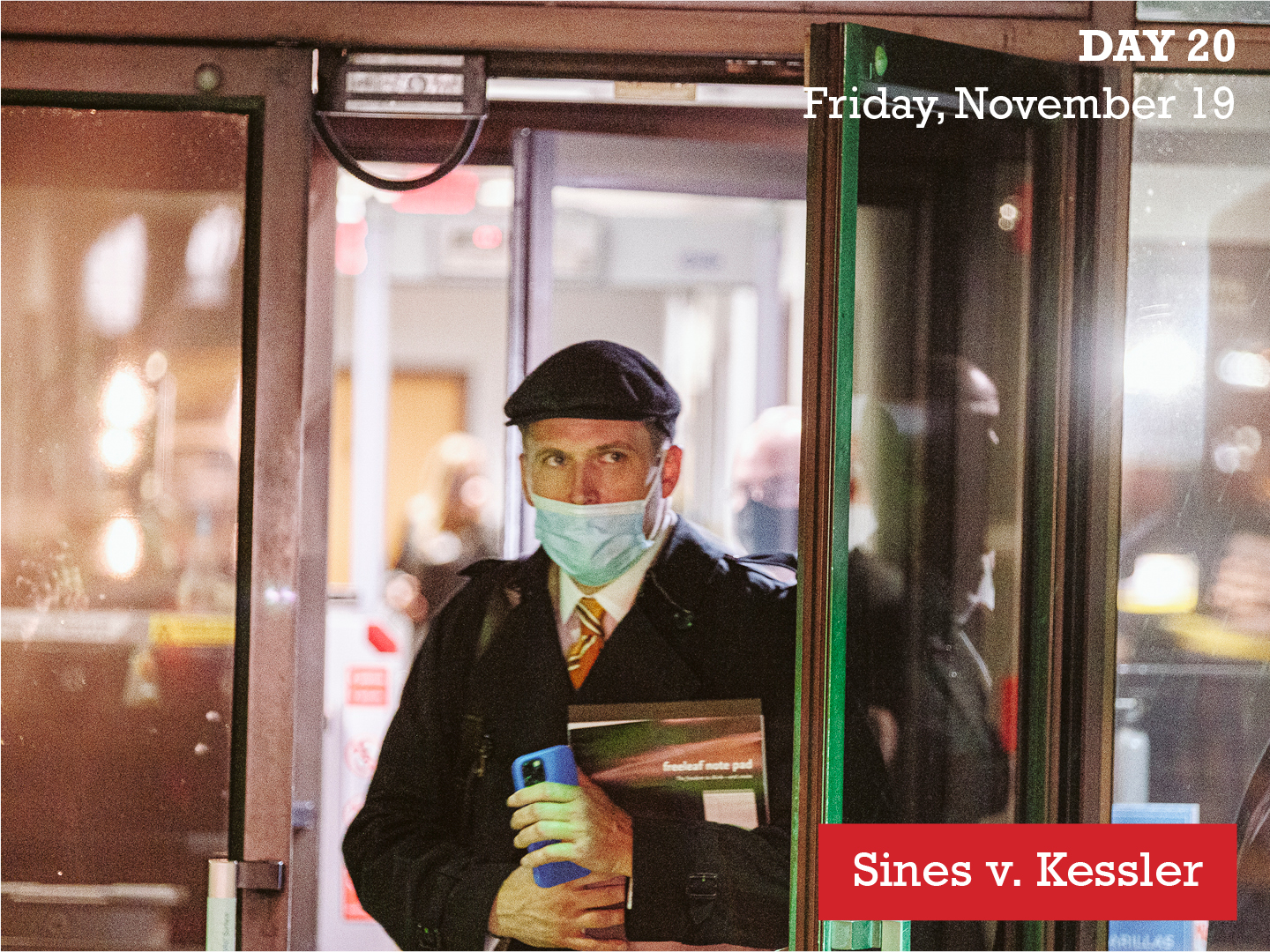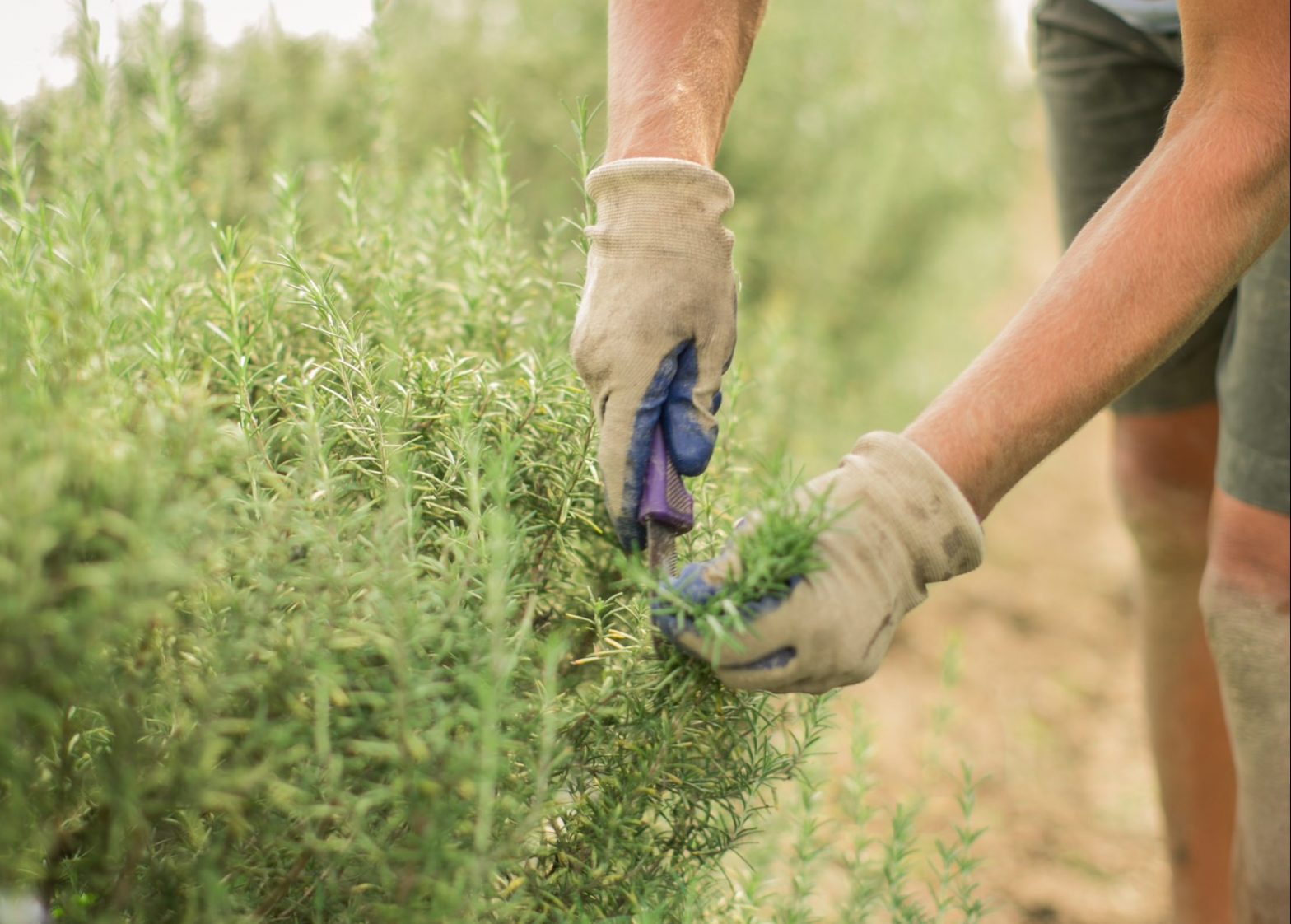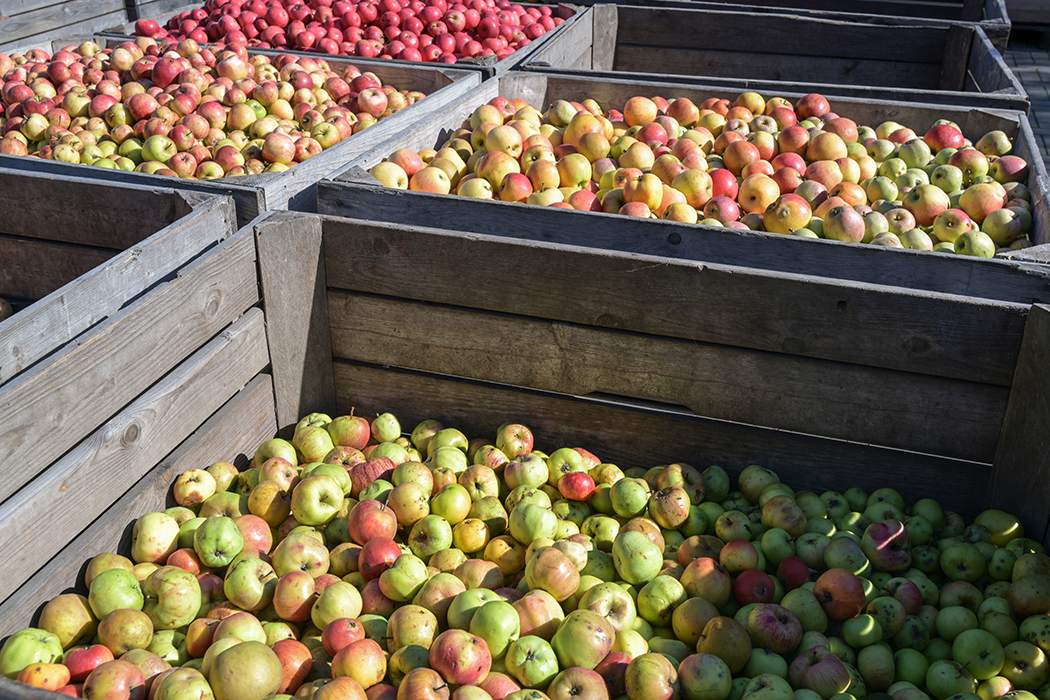Each day, we’ll have the latest news from the courtroom in the Sines v. Kessler Unite the Right trial. For coverage from previous days, check the list of links at the bottom of this page.
Baby goats led to slaughter, Jesus, and the conspiracy to kill JFK were among the wild topics covered by Sines v. Kessler defendants in their closing arguments on Thursday. The defendants faced an uphill battle as they followed the plaintiffs’ presentation that laid out in exacting, damning detail the racist and antisemitic tweets, text messages, online posts, and recordings in which defendants discuss and appear to celebrate violence at the August 2017 Unite the Right rally.
The most recognizable defendant in the case, alt-right leader Richard Spencer, was among the key players in planning the rally, plaintiffs’ attorney Karen Dunn said in her closing comments. She cautioned the jury that Spencer’s elevated vocabulary, including the use of such phrases as “occupying space” in social media posts, masks the violent ideals he shares with his less erudite co-defendants.
“Richard Spencer has a more lofty way of saying exactly the same thing,” she said, reminding the jury about Spencer’s racist, antisemitic rant that was recorded and leaked after the rally.
“Occupying space means physically, by force,” Dunn said. “This is about the use of force, this is about occupying space physically. A common, unlawful purpose at the heart of this conspiracy.”
In his closing, Spencer, who represented himself, appeared indignant at the accusations against him and, echoing the warning Dunn gave the jury about his speech and demeanor, he drew upon philosophy, science, and history to explain his predicament.
“You may have heard the phrase scapegoating,” Spencer said in a professorial tone. “That is exactly what people in the ancient world did. A poor little innocent goat, the crowd would shove him out into the wilderness to die. This is entirely irrational, but I think it was psychologically effective…”
Spencer told the jury he thought the rally would elevate his public speaking profile, and he showed a tweet he sent after the state of emergency was declared on Saturday instructing his thousands of Twitter followers to leave the city.
He even went so far as to compare himself to another radical thinker who was punished for his ideas: Jesus Christ. And he instructed the jury to apply “Newtonian justice…the fair, rational and precise application of law.”
Spencer was interrupted repeatedly by presiding Judge Norman K. Moon, including when he attempted to bring former President Donald Trump into his presentation.
“We can’t go back to law school,” Moon scolded after an objection from the plaintiffs. “There’s no evidence of what Mr. Trump said, and you may not refer to it.”
Edward Rebrook, representing the National Socialist Movement and its former leader Jeff Schoep, began his closing argument with a meandering story about his one-time belief that the assassination of JFK was a conspiracy. “We stood on the grassy knoll,” Rebrook recalled of a visit to Dallas with his late father when Rebrook was finally convinced that Lee Harvey Oswald acted alone. “Any person with marginal shooting ability could have done what Oswald did. But I wanted to spread the blame around.”
He told jurors that in this case, James Fields alone is responsible for the injuries to plaintiffs. He pointed out that his clients did not attend the torch rally on Friday night and were not present when Fields plowed into a crowd of counterprotesters Saturday afternoon, killing Heather Heyer and injuring many others.
He also offered an explanation for why Schoep dropped his phone into a toilet three months after the lawsuit was filed, making it impossible to turn it over for discovery in the case.
“Maybe he’s not that bright. Maybe he’s not the criminal mastermind. To believe in this conspiracy theory, you’re asked to ignore key facts and invent others.”
The creative defense arguments followed more than 90 minutes of a systematic closing by Dunn and another hour by lead counsel Roberta Kaplan, who covered multiple topics, including evidence of the defendants’ racial animus and the injuries suffered by each plaintiff.
Tweet by tweet, Discord post by Discord post, Dunn made the case that every one of the more than two dozen defendants is liable for the physical and emotional harm inflicted on the nine plaintiffs.
“The evidence has been overwhelming,” said Dunn, who started her presentation with a Discord post by rally organizer Jason Kessler from the spring of 2017. She then linked him to defendant Elliott Kline, aka Eli Mosley, a former leader of the Neo-Nazi group Identity Evropa.
“We need to have a battle of Berkeley situation in Charlottesville,” Kessler wrote. “Fight this shit out.” He was referring to a white nationalist rally in Berkeley, California, in April 2017 in which violence erupted between white nationalists and counterprotesters.
Showing messages the two exchanged, Dunn told the jury that Kline and Kessler “agreed to plan the battle of Charlottesville together.”
Dunn showed multiple posts from various defendants in which they discussed “triggering” counterprotesters into throwing the first punch, using seemingly innocuous tools like shields and flagpoles as weapons, and even driving a car into a crowd, something Dunn said defendant Christopher Cantwell posted about before the rally.
”Blocking traffic is not peaceful protest and every person who reminds you of that without using his car is giving you more slack than you fucking deserve,” Cantwell wrote.
“An important theme emerged,” Dunn said. “If counterprotesters were in your way, you were entitled to plow them over.”
In his closing argument, Cantwell, who also represented himself, vehemently denied he’d wanted violence. He insisted that his rhetoric online and on his former radio show were for entertainment and that he had repeatedly instructed his listeners to obey the law at the rally, unlike some of the others on trial.
“Me and my co-defendants were different people who did not share the same motives,” he told the jury. “I did not want to fight with the antifa legally or otherwise. I have better things to do with my life. I had a carry permit in 2017 and I would not have risked it for punching some commie degenerate.”
To prove a conspiracy, plaintiffs need to show a shared objective to cause racially motivated violence and one overt act in furtherance of the conspiracy. Several defendants, including Kline and Robert “Azzmador” Ray, have been sanctioned in the case, and the jury has been instructed to consider as fact that both Ray and Kline conspired to commit racially motivated violence. Dunn told the jury the other defendants also conspired.
“We have proved that in exponents,” she said.
Jury deliberations on verdict and damages begin Friday morning.
Previous Sines v. Kessler coverage
Pre-trial: Their day in court: Major lawsuit against Unite the Right neo-Nazis heads to trial
Day one, 10/25: Trial kicks off with jury selection
Day two, 10/26: Desperately seeking jury
Day three, 10/27: Jury selection wraps up
Day four, 10/28: Plaintiffs and defendants make their opening arguments
Day five, 10/29: “I hear it in my nightmares,” says plaintiff Romero
Day six, 11/1: “I stopped being an outgoing, sociable person,” says plaintiff Willis
Day seven, 11/2: “Strike that”
Day eight, 11/3: Defendants fawn over Hitler
Day nine, 11/4: Quibbling about hate
Day 10, 11/5: League of the South takes the stand
Day 11, 11/8: “It gave me Nazi vibes”
Day 12, 11/9: False flags and missing evidence
Day 13, 11/10: “It was awful”
Day 14, 11/11: White supremacy 101
Day 15, 11/12: Sines speaks, defendant dances
Day 16, 11/15: Kessler vs. Spencer
Day 17, 11/16: Every man for himself
Day 18, 11/17: The defense rests











